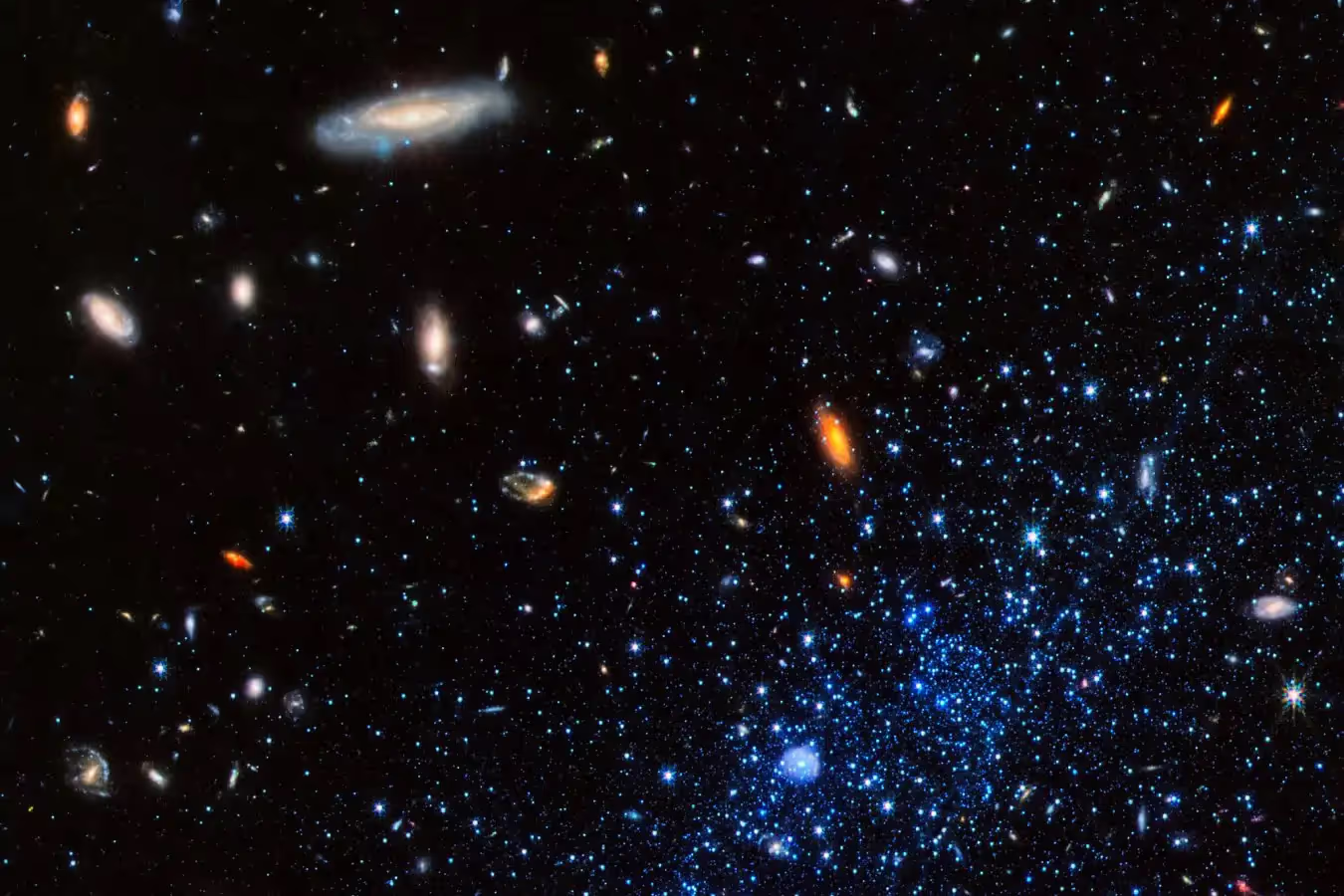Astronomers Unravel Mystery of Icy Celestial Objects

The universe is full of mysteries, and recent discoveries have added another layer of intrigue. Astronomers have identified two icy objects located thousands of light-years away from Earth. These findings have left scientists puzzled about the nature and origin of these celestial bodies. Initial observations date back to data collected between 2006 and 2011, but recent studies have only deepened the enigma. The objects, composed of ice and gas, are situated in an outer region of the Milky Way where star formation is rare. Their unusual size, composition, and location have raised significant questions about their classification.
Observations and Findings
The study that unveiled these mysterious objects was led by Takashi Shimonishi from the University of Tokyo, along with Itsuki Sakon and Takashi Onaka from Niigata University. They analyzed data collected from the AKARI space telescope and the Atacama Large Millimeter/submillimeter Array (ALMA) in Chile. The two objects were first detected in the infrared data from AKARI, which specializes in observing celestial bodies in infrared wavelengths. Follow-up observations using ALMA provided additional data, yet the exact nature of these objects remains elusive.
Both objects are estimated to be about ten times the size of our solar system, which is notably small for gas clouds. Infrared analysis revealed absorption patterns that are typically associated with young stellar objects or background stars obscured by dense clouds. However, their location, far from typical star-forming regions, contradicts this possibility. This inconsistency has left researchers scratching their heads, as they try to reconcile the data with existing theories about star formation and celestial body classification.
Distance and Composition Anomalies
Adding to the complexity of this discovery are conflicting distance measurements. One source estimates that one of the objects is located approximately 6,500 light-years away, while another suggests a much greater distance of 30,000 light-years. The second object has been consistently measured at around 43,700 light-years away. These discrepancies complicate efforts to classify the objects and understand their true nature.
The gas surrounding both structures has been primarily identified as silicon dioxide, with traces of carbon dioxide. This composition resembles that found in young stars, yet no definitive conclusions can be drawn at this stage. The conflicting distance measurements and unusual composition have left researchers eager for more data. They anticipate that future observations using the James Webb Space Telescope will shed light on the origins and characteristics of these mysterious icy objects. The hope is that this advanced technology will provide the clarity needed to unravel the secrets of these celestial anomalies.
Future Research Directions
As astronomers continue to study these enigmatic objects, they are also considering new avenues for research. The James Webb Space Telescope, set to launch soon, is expected to play a crucial role in this endeavor. Its advanced capabilities will allow scientists to observe these objects in greater detail than ever before. Researchers are particularly interested in understanding the chemical composition and physical characteristics of the gas surrounding these structures.
In addition to the James Webb Space Telescope, researchers are also looking into other observational techniques and instruments that could provide further insights. The ongoing analysis of existing data from the AKARI and ALMA telescopes will continue to be important. By combining data from multiple sources, scientists hope to build a more comprehensive picture of these icy celestial bodies.
The mystery of these distant objects is not just a scientific curiosity; it has implications for our understanding of the universe. As researchers work to uncover the truth, they are reminded of the vastness of space and the many secrets it still holds. The journey to understand these icy objects is just beginning, and the astronomical community eagerly awaits the next breakthrough.
Observer Voice is the one stop site for National, International news, Sports, Editor’s Choice, Art/culture contents, Quotes and much more. We also cover historical contents. Historical contents includes World History, Indian History, and what happened today. The website also covers Entertainment across the India and World.

